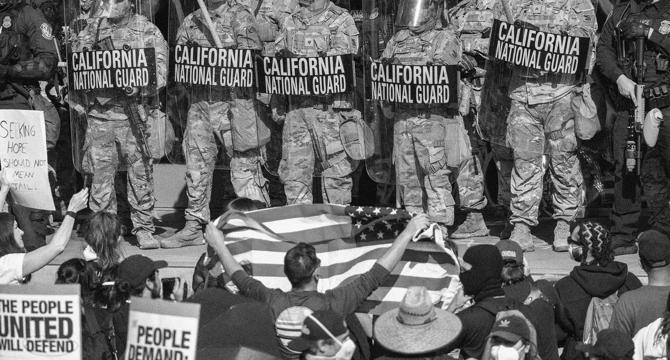Wired
4w
244

Image Credit: Wired
How to Protest Safely in the Age of Surveillance
- Protesters need to consider digital security in addition to physical safety during nationwide protests against the second Trump administration, as surveillance tools are used by authorities.
- Digital surveillance risks for protesters include data authorities could collect from their phones and interception of identifying information at protests.
- Simple measures can enhance digital security, making it harder for surveillance and interception of communications.
- Using secondary or burner phones with limited personal data, encrypted messaging, and avoiding traditional calls and texts are recommended.
- Precautions like full device encryption, strong passcodes, and disabling biometric unlocking can protect phones in case of confiscation.
- Wearing face masks, sunglasses, and avoiding identifiable clothing can reduce the risk of face recognition during protests.
- Consider the risks of online presence, social media posts, and livestreams that can be used by authorities for identification and tracking.
- Protesters should assess privacy concerns versus documenting events, being mindful of what they share online and cautious about revealing identifying information.
- The article emphasizes the importance of privacy protections for protesters and staying vigilant against new forms of digital surveillance.
- Protesters are advised to be prepared for escalated responses and potential mass surveillance, with individual privacy measures crucial in empowering them to participate.
- Article qualifies for web story generation as it provides relevant and timely information on digital security considerations for protesters during protests.
Read Full Article
14 Likes
For uninterrupted reading, download the app